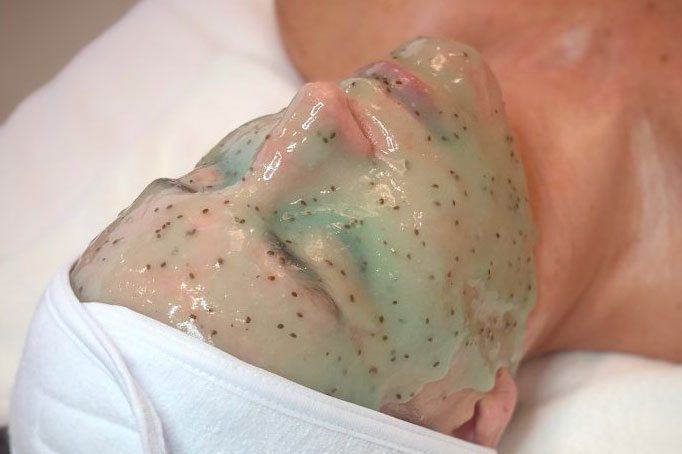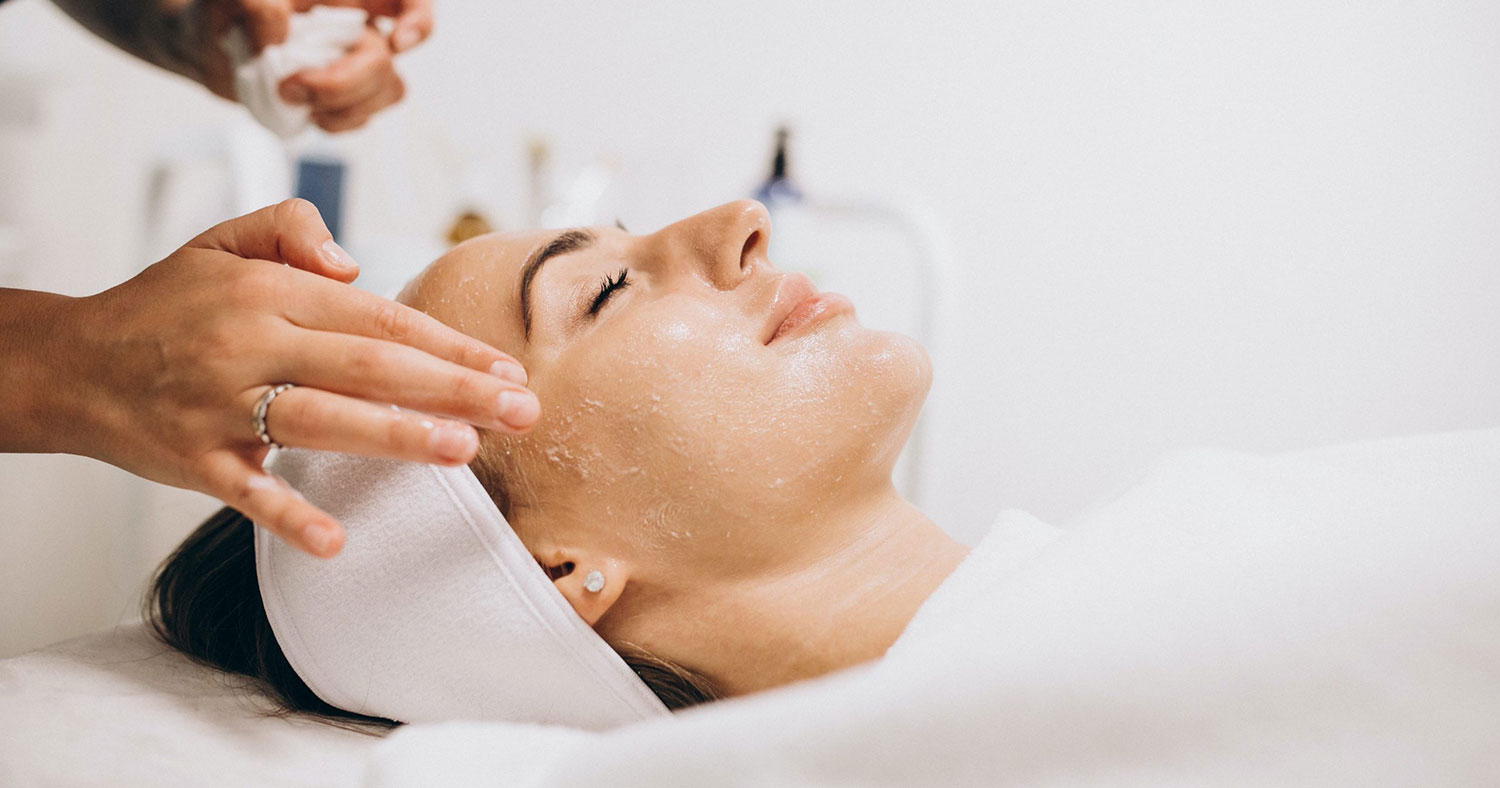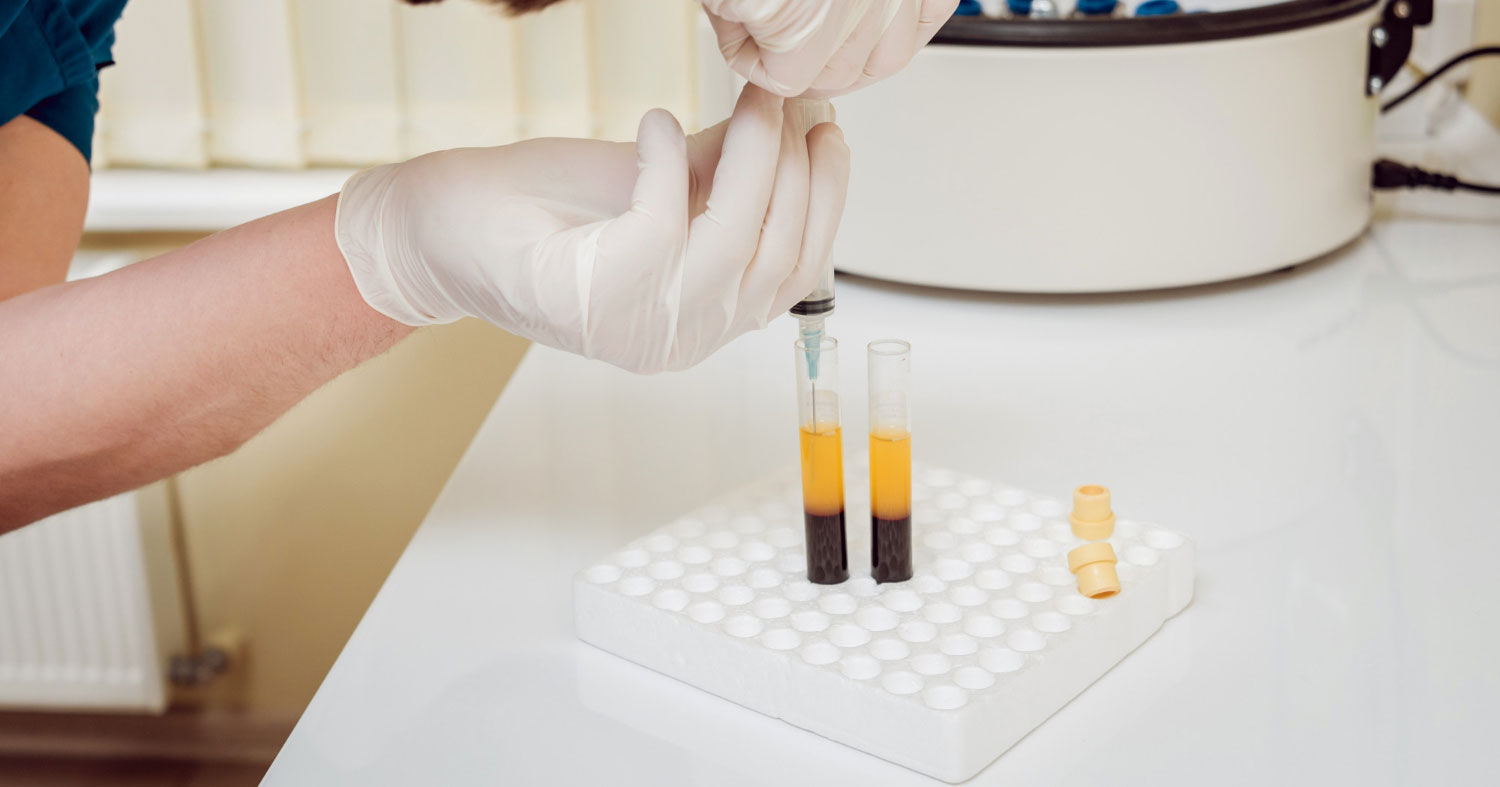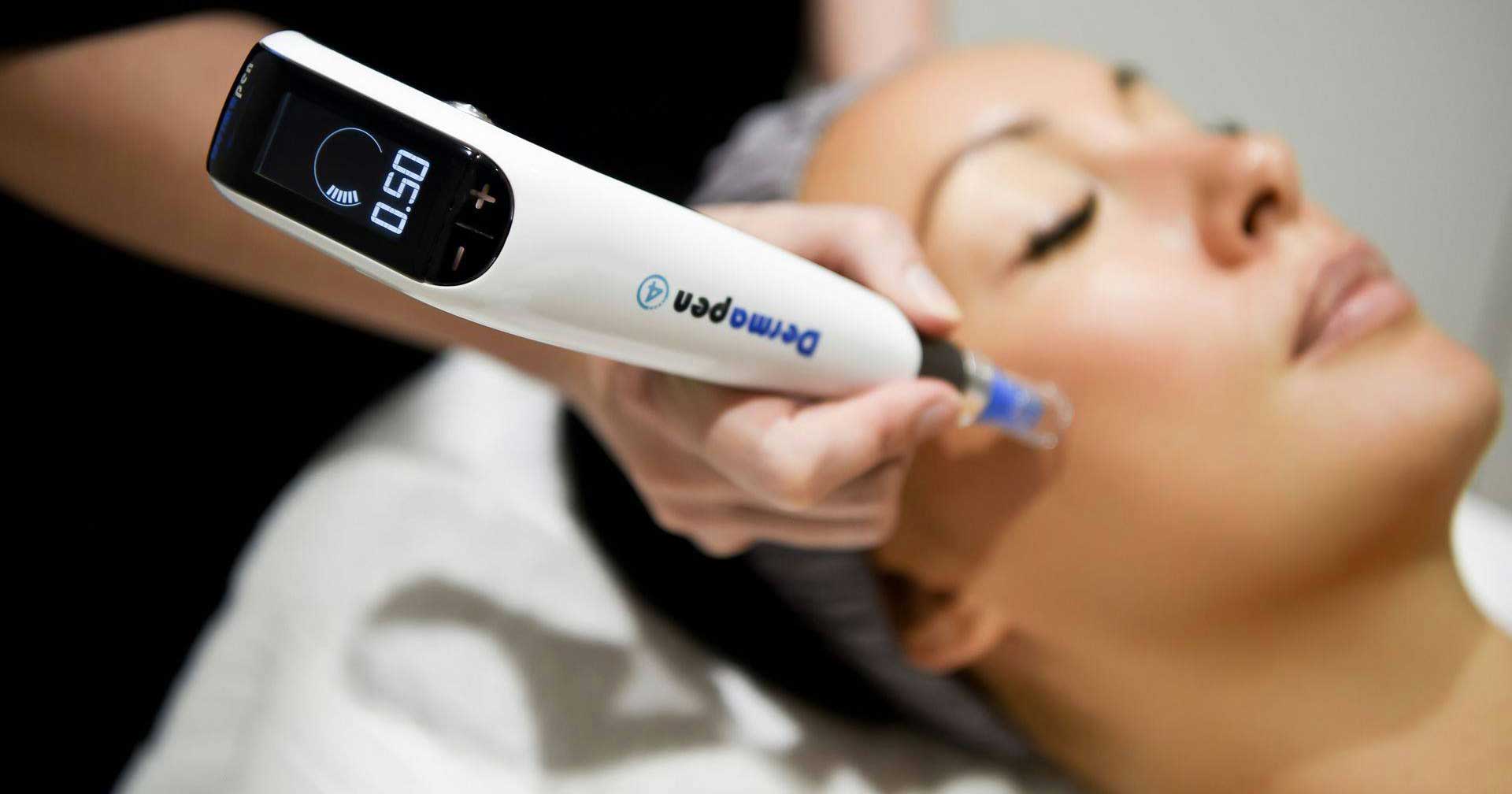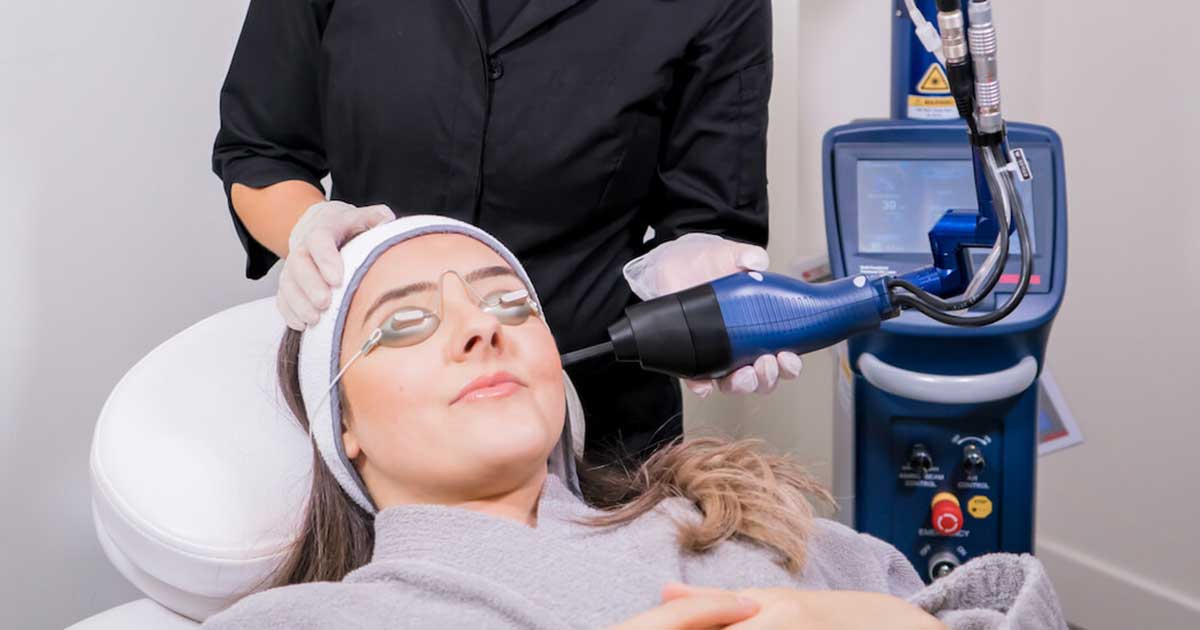Thread facelift is a new method of a non-invasive facelift offering a more youthful, firmer and fresher look to faces with initial and moderate sagging. There are no incisions or stitches since only threads are inserted.
There are 3 thread types: PDO, COG and SILHOUETTE threads. Their similarities and differences are described below.
Thread function
Polydioxanone (PDO) threads are ultra thin absorbable sutures (finer than hair) and their entry into face or body has a triple action:
- INDUCTION OF A SOUGHT “FOREIGN BODY” REACTION CAUSING COLLAGOGENESIS (NEW COLLAGEN SYNTHESIS).
- INDUCTION OF ELASTIN AND YALURONIC ACID FIBER STIMULATION (SUBSTANCES RESPONSIBLE FOR YOUTHFUL FACE).
- MUSCLE TONE RELAXATION THUS REDUCING DYNAMIC AND STATIC WRINCLES.
Their difference with COG threads is that the latter are thicker and bear small pins on their surface. This enables them to provide tissue rectification on entering facial skin, but they are generally not used in the body.
Silhouette threads are the most “modern” ones bearing 8, 12 or 16 bidirectional cones (of the same absorbable material). This makes them significantly more capable of uplifting face tissues. They are also not used in the body.
Safety
Threads have been used for more than 15 years in General Surgery and Orthopedics as absorbable sutures, but also in Plastic Surgery for over 8 years with extremely safe results. They have been FDA approved since 2004.
Ideal candidate
The ideal non-invasive thread Facelift candidate is between 30-60 years of age with a relatively good facial skin tone and elasticity, initial or slight neck and face sagging, yet not severe skin sagging with multiple fine wrinkles.
Contraindications
Threads are contraindicated in the following cases:
Active acne, active herpes zoster or cutaneous herpes, any local active skin disease, anticoagulant administration (aspirin, Sintrom, Plavix) over the last 5 days, pregnancy/ breastfeeding, autoimmune diseases, unregulated diabetes mellitus
Results
PDO thread results are not directly evident. Of course, at the end of application a revitalized look is achieved mainly due to scar swelling.
Over the next few days, all this shall recede, and 15 days later starts the “response” to the treatment with collagenogenesis. This process culminates in 3-5 months with effects evident for more than 12-16 months. Skin thickens, improves in texture, tone and firmness as small wrinkles are significantly reduced. The threads being fully biodegradable have disappeared in 3 months (12 weeks), leaving in place a collagen, elastin and hyaluronic acid mesh.
In case of COG threads, the difference is evident at the end of application, since there is corresponding facelift evidence. Their absorption period is longer than that of PDOs, estimated at 5-6 months. The results are usually evident for 9-14 months.
Silhouette threads offer even greater lift than previous ones, due to the cones. It is significant to let the subject know that on the day of application HYPER-correction is carried out to keep the desired result after 2-3 days.
Application
- PDO threads: Anesthesia cream is applied (at home) 60’ before treatment, and mild skin antisepsis follows at the clinic; then the threads are placed by means of fine needles. Depth of application may be dermis, subcutaneous fat or underlying muscles. Length of the application depends on the number of threads applied and is estimated at 10-30’.
- COG threads: The process is similar to PDO, but local anesthesia is required at the entry points of the threads and sometimes along their course as well.
- Silhouette threads: The process is similar to PDO, but local anesthesia is required at the entry and exit points of the threads and usually along their entire course as well.
Areas of application
PDO threads have the widest range of applications and can be placed in the following areas:
- Face (eyebrow lift, nasopharyngeal folds, vertical glabella wrinkles, cheeks, perioral lines, smoker’s lines, facial contour, targeted to individual wrinkled areas)
- Neck (improvement of neck sagging, double chin)
- Abdomen
- Buttocks
- Legs
COG threads are typically placed on the face (2-5 per side) mainly to improve face oval sagging and deep perioral lines.
Silhouette threads are also placed only on face and neck with the same indications as COG.
Side-effects
- Local pain/ sensitivity
- Local bruises/ small hematomas
- Limited numbing for the first 7 days
Rare:
- Evident thread segment
- Infection/ inflammation
Extremely rare:
- Allergy
- Granules
Post-treatment instructions
- On the day of treatment, all actions that might deteriorate inflammation such as sauna, hot bath, alcohol consumption are prohibited.
- Ice should be applied in the treatment area for approximately 20 minutes to avoid any swelling or bruising and 5 times a day for the next 3-4 days.
- Apply antibiotic cream (Bactroban) with clean hands at the entry points of threads for the first 48 hours.
- Limit face movements and grimaces as much as possible for 24 hours.
- Avoid make-up for 48 hours.
- Dry instead of rubbing face after washing.
- Pain, if any, can be orally treated (paracetamol). Ibuprofen and all NSAIDs should be avoided for the next 2 weeks to limit any ecchymosis, but also as normal inflammatory stage is desirable for the expected results to be achieved.
- Sleep with the head raised is recommended for the first day to reduce swelling (in case of face treatment).
- Avoid any downward pressure on the face (cheeks).
- Limit any intense activities for at least 24 hours. Return to normal activities is allowed 2-3 days later.

